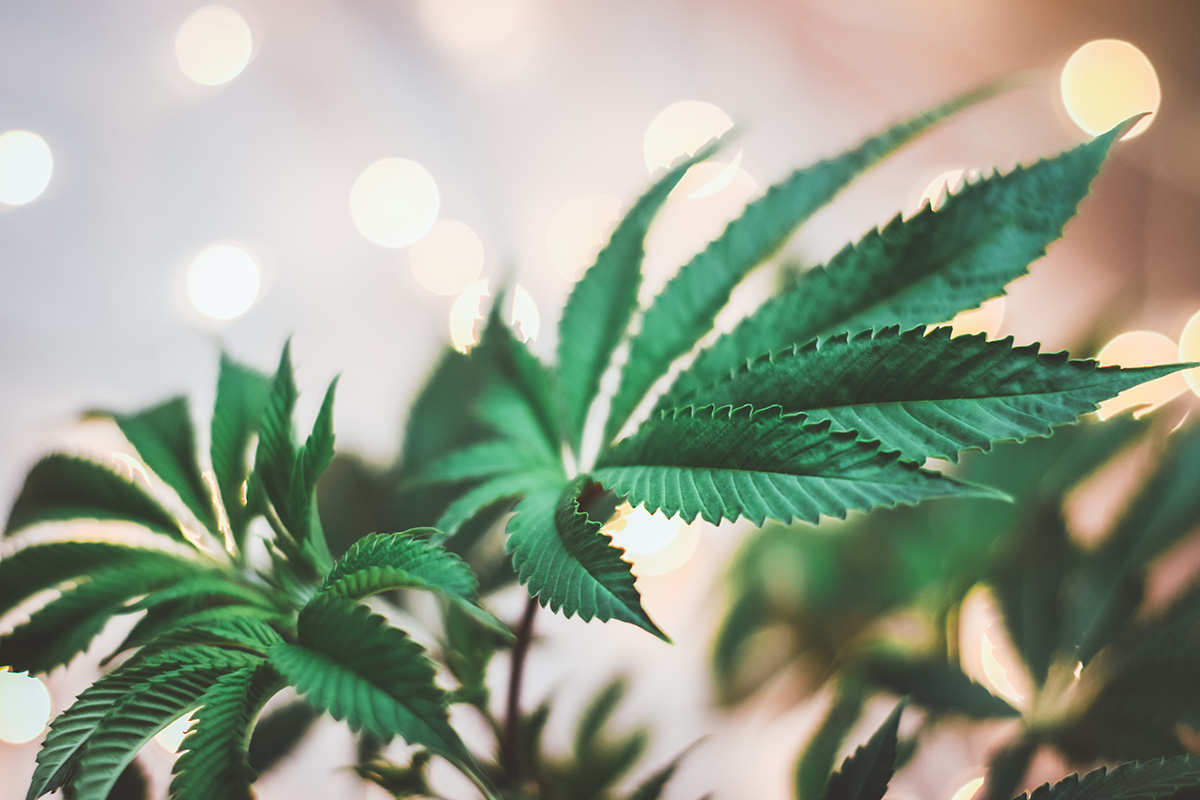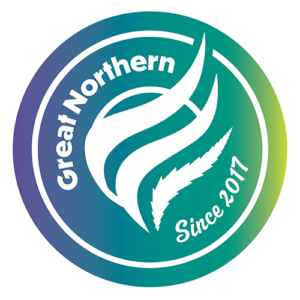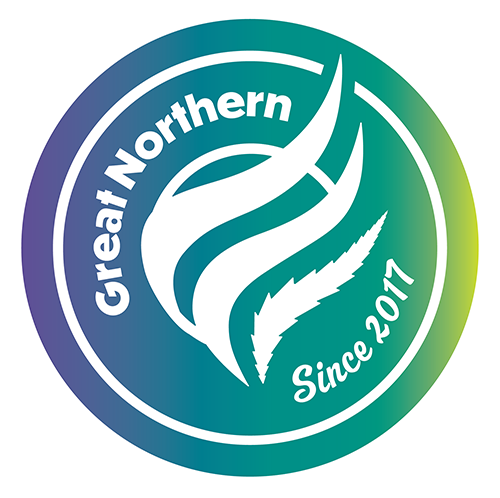
Alaska’s long, dark winters can take a toll on mental health, contributing to Seasonal Affective Disorder (SAD). This condition is characterized by symptoms such as low energy, difficulty concentrating, feelings of hopelessness, and disrupted sleep patterns. While traditional treatments include light therapy and antidepressants, cannabis is emerging as a potential complementary option for alleviating these symptoms.
Research suggests that cannabis can influence the endocannabinoid system, which plays a role in regulating mood, sleep, and appetite—all areas commonly affected by SAD. Cannabinoids like THC and CBD interact with receptors in the brain to help balance these functions. CBD has been shown to have anxiolytic (anxiety-reducing) properties, which can help mitigate feelings of stress and hopelessness associated with SAD. THC, on the other hand, may enhance mood and promote relaxation when used in moderation.
One study published in the Journal of Affective Disorders found that cannabis use was associated with short-term reductions in symptoms of depression and anxiety. However, it’s important to note that overuse of THC-heavy products could potentially worsen depressive symptoms in the long term, underscoring the importance of responsible use.
Strain Selection for SAD Relief
Not all cannabis products are created equal, and choosing the right strain is key to addressing SAD symptoms effectively. Here are some general guidelines:
High-CBD Strains: Strains rich in CBD can help reduce anxiety without causing the psychoactive effects associated with THC.
Balanced Strains: Strains with a balanced THC-to-CBD ratio may offer mood enhancement while keeping anxiety in check.
Sativa-Dominant Strains: For those struggling with low energy and motivation, sativa-dominant strains can provide an uplifting boost. However, be mindful of dosage to avoid overstimulation.
Integrating Cannabis into a SAD Management Plan
Cannabis can be a helpful tool, but it’s most effective when combined with other wellness practices. Here are some tips for incorporating it into your SAD management plan:
Light Therapy: Pair cannabis use with light therapy to maximize mood-boosting benefits. The relaxation cannabis provides can make it easier to sit through daily light therapy sessions.
Mindful Consumption: Start with a low dose and gradually adjust to find what works best for your symptoms. Microdosing can be particularly effective for maintaining a balanced mood throughout the day.
Exercise: Use cannabis to motivate outdoor activities like snowshoeing or skiing. Physical activity is a proven way to combat SAD, and cannabis can make the experience more enjoyable.
Sleep Hygiene: If SAD is disrupting your sleep, consider an indica-dominant strain or a CBD tincture before bed to promote restful sleep.
While cannabis is not a cure for Seasonal Affective Disorder, it can be a valuable part of a holistic approach to managing the condition. By addressing symptoms like anxiety, low energy, and disrupted sleep, cannabis offers a natural way to find balance during Alaska’s challenging winters. As always, consult with a healthcare provider to ensure cannabis is a safe and suitable option for your needs. With mindful use, you can embrace the season with a little more light, even in the darkest months.

